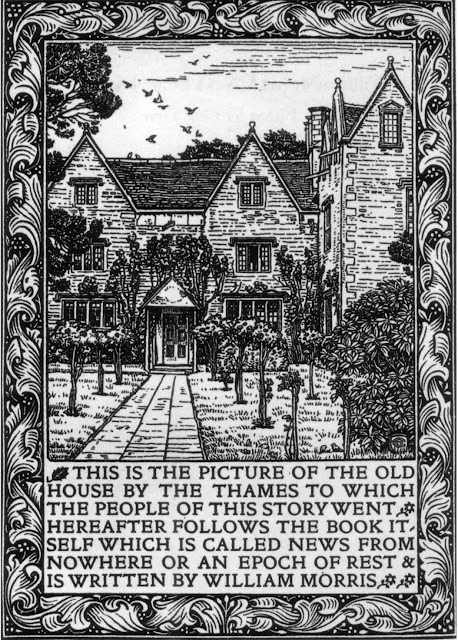Driven June 11, 2002
As I walked the Thames Path there were a few additional places I wanted to visit -- or to go back to. So one day I rented a car and drove around. First stop, Seven Springs.
Seven Springs claims to be the source of the Thames, but really it's the source of the Churn -- which does indeed flow into the Thames, and is 11 miles further north. But the Ordnance Survey, Conservators of the River Thames, and most other groups agree that this is not the source of the Thames. Still, worth a visit, eh?
 |
| "Here, o Father Thames, is your sevenfold spring" |
It was lovely and quiet and green -- and of course completely deserted.
My next stop was closer to the true source -- so close, in fact, that I had walked only a few yards away from it without knowing it. Lyd Well is an ancient holy site and the first place there is always water in the Thames.
It's tucked behind some trees, and I would have walked past it not once but twice as I walked from Kemble station to the source and back. Here's the thing -- I have only just now realized that this wall is downstream from Lyd Well and the actual spring is to the left of the frame of this photo. So I still have yet to see it in person!
Not far after this wall I could see the first glimpse of water out in the open -- the real river.
My next stop was a return visit -- on a day when the house was open -- to
Kelmscott Manor. William Morris lived and worked in what he called his "Heaven on Earth". No photographs inside, but it's full of the work of Morris and his contemporaries and is, well, exquisite.
The front of the house is the classic view:
though I didn't quite get it lined up like the image from the frontispiece of News from Nowhere, Morris's utopian novel.
Here's the back of the house:
One of the outbuildings is a handsome little "earth room":
A "3-seater earth room" ... three seats, no waiting...
But if you kept the door open, you had a nice view of the main house:
I spent some time meandering around the gardens, too.
This makes me want to build a rustic pergola in my (much smaller) garden:
And, of course, the gardens had the inspiration for that classic Morris pattern, acanthus:
Nearby, on a cottage commissioned by William's widow Jane Morris is the stone plaque of William under a tree at Kelmscott Manor:
Feeling I deserved a break, I headed over to the
Plough Inn, which I had noticed on my previous visit. Pint of cider and a nice lunch? Yes please.
Rested and happy, I headed back east. I drove through Reading, avoiding this danger along the river:
My final stop was in Staines -- BOOYAKASHA. Not to tangle with either Da West Staines Massif or Da East Staines Massif... but to see the London Stone.
This stone marked the upstream limit of the City of London's jurisdiction. Why would the City have rights over the Thames? The English Crown held the rights to fish all of England's rivers and could charge for fishing licenses. But in 1197 King Richard I needed money to finance the Third Crusade, so he sold the rights to the lower Thames to the City of London. Marker stones were erected to indicate the limit of the City's rights; Staines is the highest point on the river that is tidal, apparently.
This is a 20th-century replica; the original is now in the town hall at Staines. See the indentations on the right edge of the stone? (Yes, even this replica...) The ones on the original were caused by the tow ropes of the horses rubbing against the stone.
The day was a big success -- and the car was useful as it would have required multiple trips to visit all the places by train.
Next up: Leigh-on-Sea to Southend










